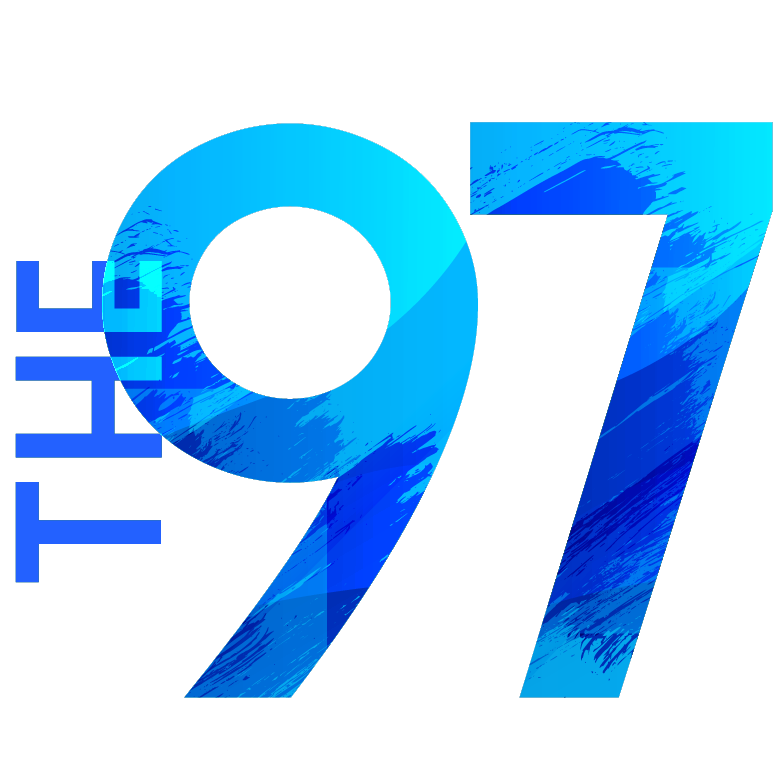On November 11, 1997, the world was formally introduced to Destiny’s Child. With the release of their debut single “No, No, No” Parts 1 and 2, Destiny’s Child landed on the music scene and scored their first big hit. Thanks to its Part 2, a remix by Fugees frontman Wyclef Jean, the teenage quartet was able to make a name for themselves among the cast of 90s R&B acts and, specifically, girl groups.
What no one knew then, was that the only “no” this group would hear would be coming from their own mics as they sang this song over the twenty years that followed. On November 11, 1997, LaTavia Roberson, LeToya Luckett, Kelly Rowland, and Beyoncé Knowles became stars. They were just sixteen years old, hailing from Houston, Texas, but they were about to become the biggest girl group in pop music. And it all started with one song.
The year was 1997, and pop music was at the pinnacle of its newfound trend: the mixing of R&B and hip-hop on songs that had pop sensibilities in their catchiness. Destiny’s Child’s “No, No, No” was the perfect storm for this climate. Their team knew what they were doing when they enlisted Wyclef Jean for this single. Columbia Records labelmate Mariah Carey had just completed her transformation from pop princess to Hip-Hop Queen with the release of 1997’s “Honey” in August, and “No, No, No” followed its blueprint to a T.
Throwback sample? Check. Production by a Hip-Hop hitmaker? Check. Feature from said Hip-Hop hitmaker? Check. Tongue-twisting, rhythmic lyrics? Check. Skilled vocal runs and harmonies? Check. Music video with choreography and inexplicably 90s sets? Check. “No, No, No” Part 2 had it all – and performed accordingly, peaking at #3 on the Billboard Hot 100 and #1 on the R&B chart.

The story goes that after recording Part 1, Wyclef Jean was enlisted for the remix. Pressed for time in the studio with Wyclef, Beyoncé improvised and sang the verses in a rapid-fire, staccato type way. Wyclef loved it, and so they recorded the remix in that style. It would go on to become one aspect of Destiny’s Child’s (and Beyoncé’s) signature sound, that went on to be replicated by their peers, too. For this contribution, however, Beyoncé didn’t receive any sort of writing or production credit. It was a learning experience for her, from which she learned her worth (she received writing and production credits on the group’s next album).
Part 1 is a subdued slow jam, tailor-made for quiet storm radio. Beyoncé delivered an understated yet beautifully rich and mature vocal performance, perfectly accentuated by the group’s four-part harmonies. In the video, they look even more mature, dressed like grown-ass women, performing in a nightclub. While it’s a nice vibe, Part 2 is clearly the more renowned version, and rightfully so.
On “No, No, No” (both versions), Beyoncé was at the forefront vocally, while Kelly, LeToya, and LaTavia provided prominent background vocals. On other songs, Kelly would get the chance at lead vocals, too. As teenagers, she and Beyoncé sounded quite similar and many casual listeners likely couldn’t differentiate between the two.
It’s hard to believe that the girls were just sixteen at the time of the song’s release. They looked and sounded, lyrically, well beyond their years. Vocally, their skills were far more advanced than one would expect from a sixteen-year-old.
In being well beyond their years, “No, No, No” also introduced us to Destiny’s Child – thematically. “No, No, No” was assertive and empowering. It put the power in the woman’s hands. In a landscape of hyper-masculine R&B, Hip-Hop, and Pop that objectified women, here Destiny’s Child was challenging a weak man who won’t, well, man up. Such themes would go on to become a trend throughout their music, aligning them with the girl-power movement.
Upon their debut, most probably considered Destiny’s Child’s competition to be that of SWV, 702, Escape, Total, Blaque, Allure, Brownstone, etc. as well as their inspirations who maybe could become competition: EnVogue and TLC. They likely were not expected to crossover. Based on the content, sound, and success of their debut set that assessment would have been accurate. However, in 1997, another girl group also debuted in the US who would go on to become Destiny’s Child’s biggest rival: the Spice Girls. All that would change two years later, in 1999.
Wyclef predicted it best, “Went from a dream, to a young Supremes…” It all began in 1997, with “No, No, No” …and we’ve been saying “yes, yas, YASSS” ever since.






